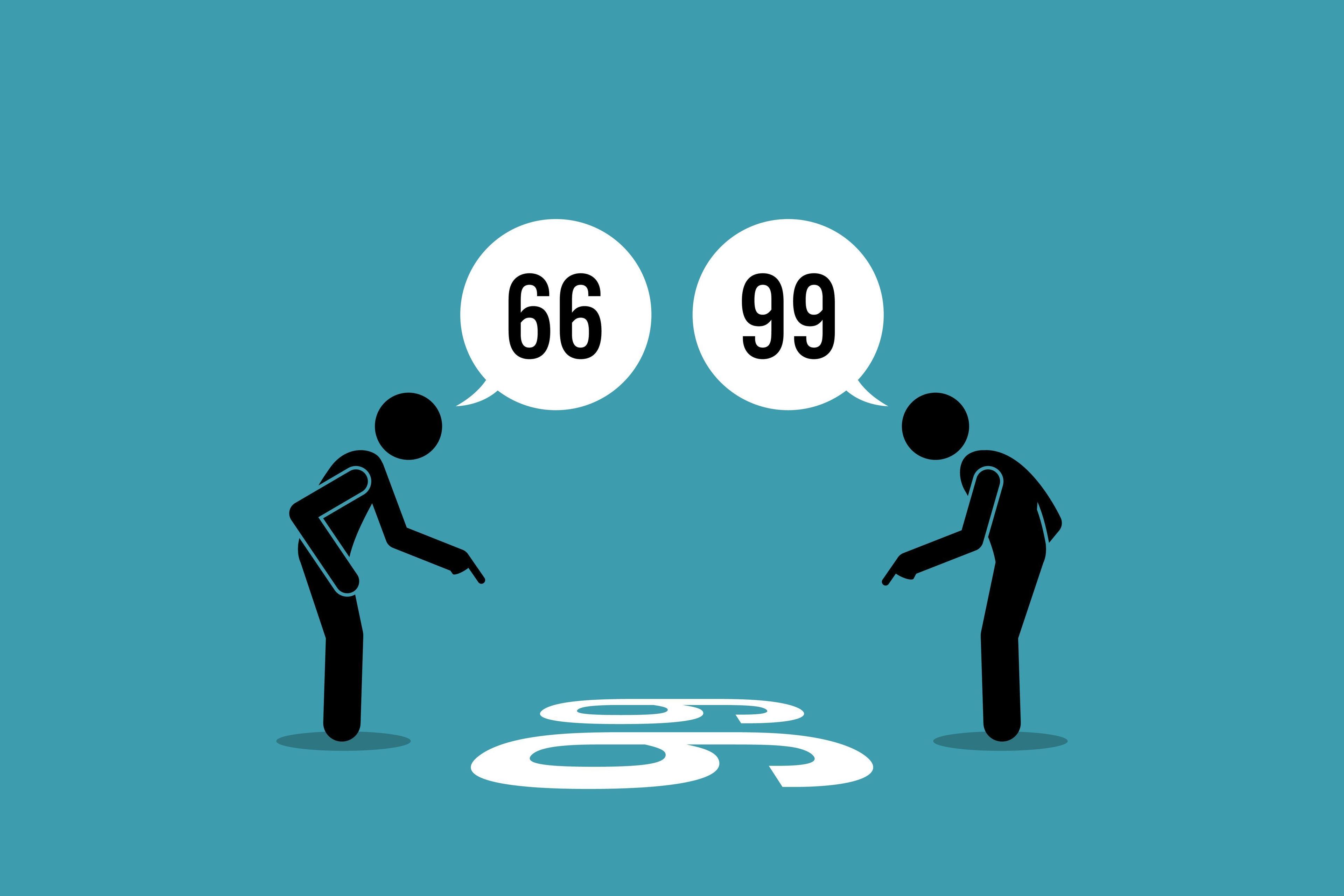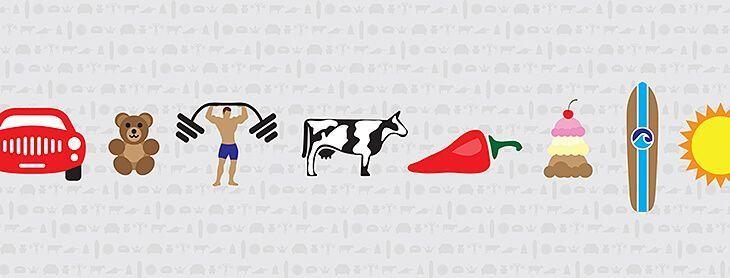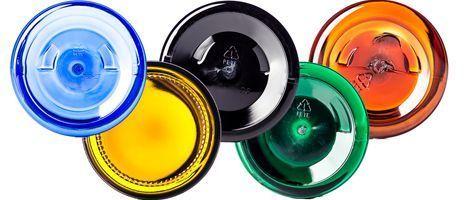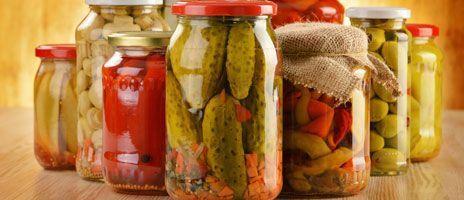Common Misconceptions About Packaging with Plastic Bottles


Plastic bottles. They’re everywhere—on store shelves, in our refrigerators, and unfortunately, sometimes in our oceans. They’re essential, yet they’re controversial. Businesses and consumers alike have strong opinions about plastic packaging, and many of those opinions are based on myths rather than facts.
At Container & Packaging, we believe in making informed decisions. Plastic packaging is a powerhouse in many industries, but misunderstandings about its impact, safety, and sustainability often lead to knee-jerk reactions rather than smart packaging choices. So, let’s bust some myths and set the record straight.
Misconception #1: All Plastic Bottles Are Bad for the Environment
Plastic’s reputation took a hit when images of polluted beaches and wildlife entanglements flooded the media. But let’s break it down—plastic itself isn’t the enemy; mismanagement of waste is.
Many plastic bottles today are designed for recyclability. PET (polyethylene terephthalate), one of the most commonly used plastics in bottles, is 100% recyclable and can be repurposed into new bottles, clothing, and even furniture. The problem arises when plastic isn’t disposed of properly. With responsible recycling practices, plastic bottles can be part of a circular economy rather than a pollution problem.
Misconception #2: Glass and Aluminum Are Always Better Alternatives
Many consumers believe that replacing plastic with glass or aluminum is the ultimate eco-friendly move. But reality check: each material has its own environmental impact.
- Glass: Heavier than plastic, meaning higher fuel consumption during transport. Plus, glass production requires more energy and releases more CO₂.
- Aluminum: Recyclable? Absolutely. But mining and refining aluminum are incredibly energy-intensive, contributing significantly to carbon emissions.
The best packaging choice depends on product needs, lifecycle analysis, and consumer behavior. Plastic bottles, particularly when recycled, can have a lower carbon footprint than glass or aluminum in certain scenarios.
Misconception #3: Plastic Bottles Contain Harmful Chemicals Like BPA
BPA (bisphenol A) is a widely known villain in the plastic world, but here’s the good news: most plastic bottles don’t contain BPA.
The majority of beverage and food-grade plastic bottles are made from BPA-free materials, such as PET and HDPE (high-density polyethylene). These plastics have been extensively tested and approved for food safety by organizations like the FDA and EFSA.
Misconception #4: Biodegradable Plastics Are the Best Solution
The term “biodegradable” sounds appealing, but it’s often misleading. Many so-called biodegradable plastics require specific industrial composting conditions—high heat, moisture, and microbial activity—to break down effectively. If these plastics end up in standard landfills, they may not degrade any faster than traditional plastics.
Instead of chasing “biodegradable” labels, businesses should focus on recyclable, reusable, or compostable alternatives that align with existing waste management systems.
Misconception #5: Single-Use Plastic Bottles Can’t Be Repurposed
Think a used plastic bottle is only good for the trash? Think again. Companies are investing in closed-loop recycling systems that turn old bottles into new ones. Plus, plastic bottles can be repurposed in creative ways:
- Upcycled into fabric for clothing and bags
- Used in 3D printing applications
- Turned into eco-friendly building materials
Encouraging consumers to reuse and recycle rather than discard is key to reducing plastic waste.
Misconception #6: Plastic Bottles Are a Dying Trend
With sustainability in the spotlight, many assume plastic packaging is on its way out. However, plastic remains one of the most efficient, lightweight, and cost-effective materials available. Instead of elimination, the industry is seeing an evolution:
- More brands adopting post-consumer recycled (PCR) plastics
- Improved recycling infrastructures
- Development of bio-based plastics
Rather than phasing out plastic entirely, businesses are finding smarter, greener ways to integrate it into a sustainable packaging strategy.
Conclusion
Plastic bottles have a bad rap, but much of the criticism stems from misconceptions rather than facts. When used responsibly, recycled effectively, and innovated thoughtfully, plastic bottles can be a viable and sustainable packaging option.
At Container & Packaging, we help businesses navigate these decisions with data-driven insights and eco-conscious packaging solutions. Want to explore better plastic options? Check out our sustainable packaging solutions today!




